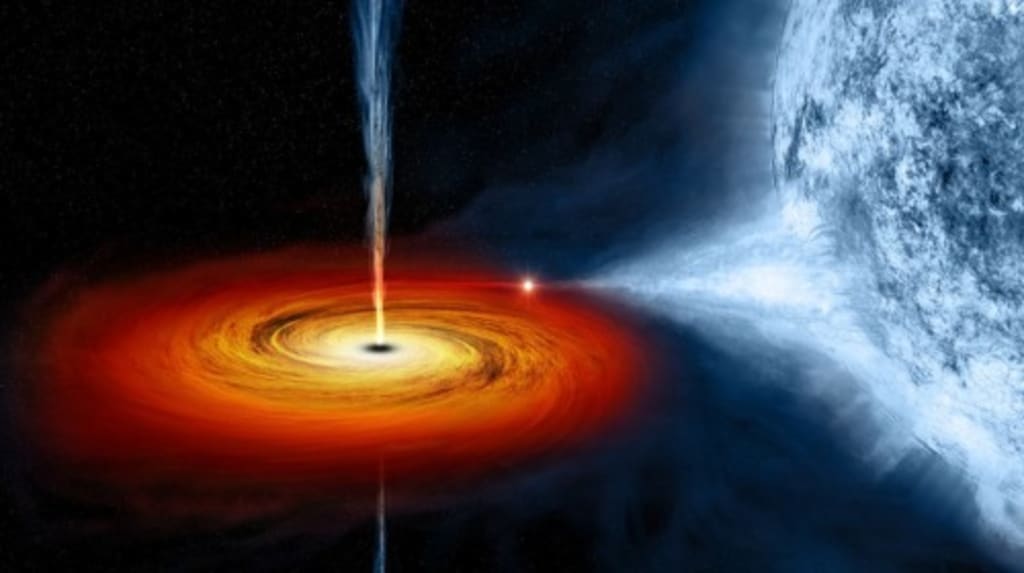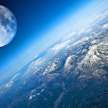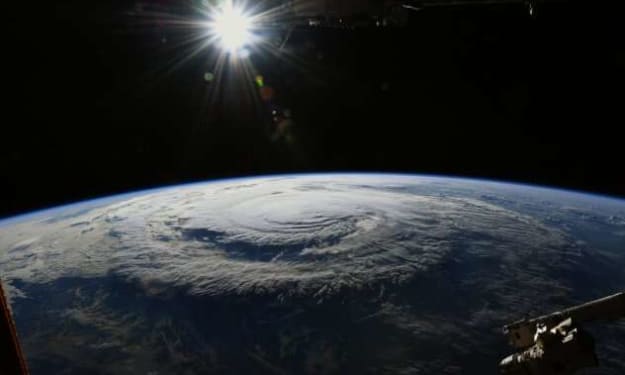ASTRONOMERS DETECT IMMENSE RIPPLES IN THE FABRIC OF SPACE-TIME
Revelation of cosmic symphony

Discovery of Gravitational Waves
The detection refers to the observation of gravitational waves, which are ripples in the fabric of space-time itself.
Gravitational waves were first predicted by Albert Einstein in his general theory of relativity in 1915.
LIGO and Virgo Observatories
The Laser Interferometer Gravitational-Wave Observatory (LIGO) and Virgo are key facilities in detecting gravitational waves.
These observatories use highly sensitive instruments to detect minuscule changes in the length of their arms caused by passing gravitational waves.
Recent Observation
The recent detection involves immense ripples, indicating a powerful cosmic event or merger of massive objects in the universe.
This could be the result of the collision and merger of black holes, neutron stars, or other exotic celestial bodies.
Significance of the Discovery
Detection of gravitational waves provides direct evidence of cataclysmic events in the cosmos, offering a new window to explore and understand the universe.
It confirms the existence of extreme astrophysical phenomena that were previously theorized but not observed directly.
Insights into Cosmic Events
The characteristics of the observed gravitational waves, such as their amplitude, frequency, and duration, can provide insights into the nature of the astrophysical events that generated them.
Scientists can study the properties of the sources, such as the masses and spins of merging black holes or neutron stars.
Multi-Messenger Astronomy
Gravitational wave detections, when combined with observations in other wavelengths (such as electromagnetic radiation), enable multi-messenger astronomy.
This holistic approach allows scientists to study cosmic events using various signals, providing a more comprehensive understanding.
Technological Advancements
The success of detecting immense ripples highlights the technological advancements in gravitational wave observatories, which continue to push the boundaries of precision in measuring space-time distortions.
Implications for Fundamental Physics
The discovery further validates Einstein's general theory of relativity in extreme conditions, confirming its accuracy in describing the behavior of gravity even in the most intense gravitational fields.
Future Prospects
Ongoing and future developments in gravitational wave astronomy are expected to reveal more about the universe, including the potential detection of events previously unknown or unanticipated.
Collaborative Efforts
The discovery is the result of collaborative efforts among international teams of astronomers, physicists, and engineers, showcasing the global nature of cutting-edge scientific research.
Notable Gravitational Wave Events
The first direct detection of gravitational waves occurred on September 14, 2015, by the LIGO observatories. This historic event was the result of the merger of two black holes, providing strong evidence for the existence of gravitational waves.
Subsequent detections included more black hole mergers and the groundbreaking observation of a neutron star merger on August 17, 2017, known as GW170817. This event was particularly significant as it was observed in both gravitational waves and electromagnetic radiation, marking the era of multi-messenger astronomy.
LIGO and Virgo Collaborations
LIGO, with observatories in the United States, and Virgo, located in Italy, work collaboratively to detect gravitational waves. The joint observations enhance the accuracy and localization of the sources.
The network has undergone upgrades to improve sensitivity, allowing for the detection of a broader range of gravitational wave events.
Advanced LIGO and Virgo
Advanced LIGO and Virgo detectors have been operational, significantly increasing the sensitivity of the instruments. These upgrades have enabled the detection of more distant and fainter gravitational wave signals.
Potential Sources of Immense Ripples
Immense ripples in the fabric of space-time may result from the collision and merger of massive celestial objects such as black holes or neutron stars. The energy released during these events is what generates the gravitational waves.
Einstein's General Theory of Relativity
Gravitational wave detections continue to support Albert Einstein's general theory of relativity, which predicted the existence of these ripples in space-time.
GW190521 - A Notable Merger
In September 2020, LIGO and Virgo detected a significant event known as GW190521, believed to be the result of the merger of two black holes with masses larger than any previously observed. This event challenged our understanding of black hole formation and dynamics.
Global Scientific Collaboration
Gravitational wave astronomy involves a global network of scientists and observatories. The collaboration extends beyond LIGO and Virgo, with other detectors planned or under development in different parts of the world.
Future Prospects
The field of gravitational wave astronomy is dynamic, and future observations are expected to reveal more about the nature of the universe. Anticipated developments include the possibility of detecting gravitational waves from other sources, such as cosmic strings or phase transitions in the early universe.
In summary, the recent detection of immense ripples in the fabric of space-time represents a significant milestone in astrophysics, providing a new and powerful tool to explore the most violent and energetic events in the universe.
About the Creator
Enjoyed the story? Support the Creator.
Subscribe for free to receive all their stories in your feed. You could also pledge your support or give them a one-off tip, letting them know you appreciate their work.






Comments
There are no comments for this story
Be the first to respond and start the conversation.